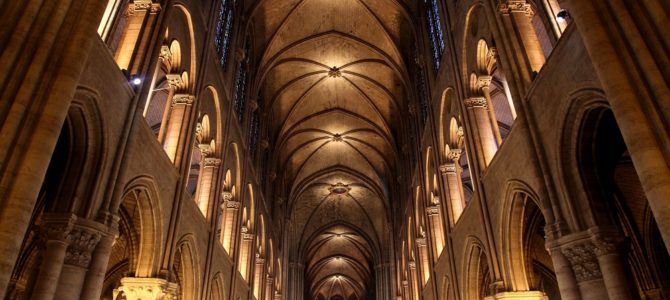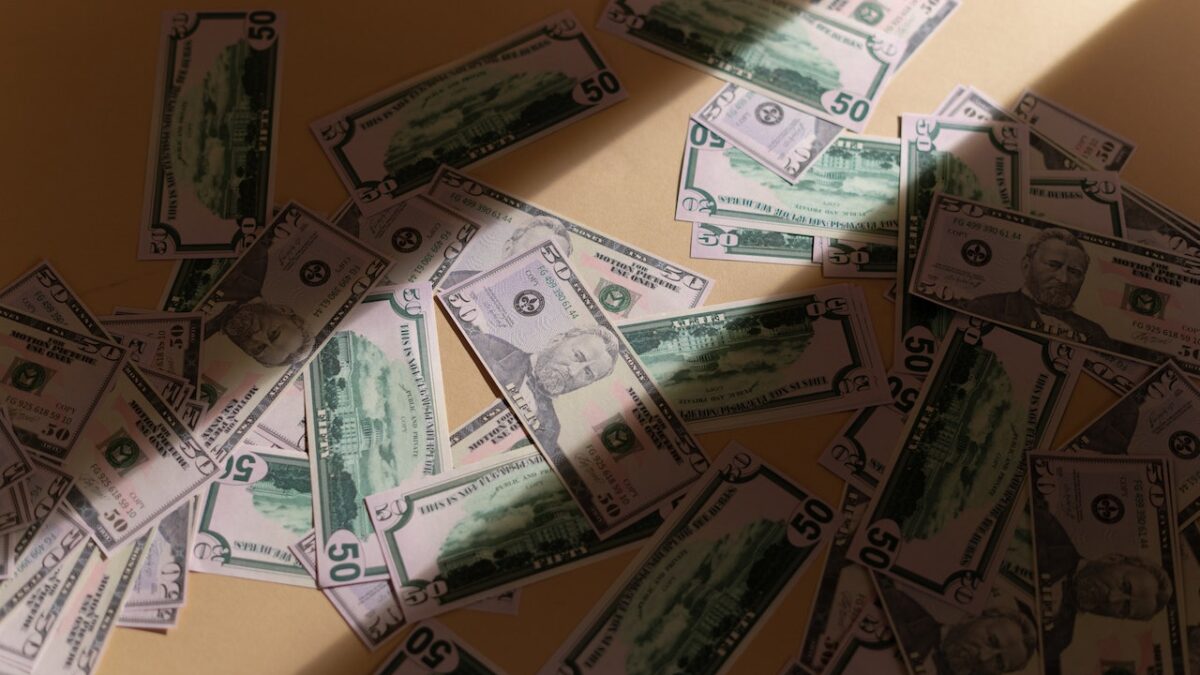
The great cathedral structure of Notre Dame, as we knew it for the past eight and a half centuries, was built on the Île de la Cité to replace a series of churches that date back to the fourth century. The first cornerstone was laid in 1163. Soon after, some 13,000 oak timbers were cut and formed into the church’s massive frame.
A descendant of William the Conqueror, Bishop Eudes de Sully presided over the church in Paris from 1197 to 1208, witnessing most of the completion of the nave and transept. During this decade of medieval progressivism, the school that started with Notre Dame was formalized into the University of Paris, the second medieval university in the world.
It drew scholars from all around Europe, including one English student who is etched in the annals of history as “Anonymous IV.” Anonymous IV worked at the Cathedral of Notre Dame for approximately one decade, in the 1270s, and wrote descriptively about the vibrant music he experienced there.
What Anonymous IV experienced got its start one century earlier. The early musical intellectuals working at the cathedral and university were expanding the ages-old Gregorian chant through a semi-improvised organum style in which a second singer would invent melismatic music to decorate the familiar chants. They systematically notated this special music, providing history with the first extensive collection of composed polyphony (music combining multiple melodic parts) during a period we now call the ars antiqua (1160-1250).
We have learned the names of two of these intellectuals, who otherwise would remain anonymous themselves, thanks to the writings of Anonymous IV. Leonin is the first named composer of organum purum (in which the familiar chant is elongated so that a second voice may add melismas, “an ornamental phrase of several notes sung to one syllable of text”) and organum discantus (in which both voices take on melismatic, rhythmic roles interjected occasionally by the original chant). His works are preserved in the Magnus liber organi of 1160, which guided the musicians in the first decades of Notre Dame.
At the turn of the 13th century, when the nave and transept were nearing completion, framed by thousands of oaks, each centuries old already, Eudes de Sully undoubtedly experienced inspiration of a rare architecturally historic magnitude. Combining that inspiration with a desire to reform a traditional Christmas celebration, the sacrilegious and bishop-mocking Feast of the Fools, Eudes de Sully issued his Statuta et donationes piae edict, which called for new elaborate music in its stead.
His chief music teacher and composer answered with the glorious Viderunt Omnes (c. Christmas, 1198) and Sederunt Principes (c. St. Stephen’s Day, 1199), each taking the form of organum quadruplum. This expansion of the musical developments of his predecessor, Leonin, led to a revision of the Magnus liber organi, a work which was copied multiple times and spread throughout the churches of Europe. This served as a tremendous catalyst for the development of church music and the craft of musical composition.
“Sederunt Principes,” composed in c. 1199 by Perotin for the dedication of a new wing of the Notre Dame Cathedral
Seven centuries after the ars antiqua, a developmental peak of organ music in a symphonic style was championed by the great organist-composer, Charles-Marie Widor. One piece of particular significance was his heroic march for brass and organ to mark the Armistice of World War I. He conceived the music specifically for the same place that the music of Perotin and many, many intervening musical works occupied.
Salvum fac populum tuum “Lord Save Thy People,” composed by Charles-Marie Widor for Armistice Day, 1918 at the Notre Dame Cathedral
Following the tradition of progress, Widor used another advancement in elaborate church music at the Notre Dame Cathedral, one that surely would have been approved by a modern Eudes de Sully but is also mourned today: the magnificent 8,000 pipe Cavaillé-Coll organ. When Salvum fac populum tuum was performed in 1918, it was part of a long continuum stretching from Leonin to yesterday. The same oak timbers shaped the sound.
First erected in the 1160s and reframed into a better structure in the 1220s, Notre Dame lasted through wars, weather, neglect, and restoration. Now the timbers have returned to the ground, ashes for ashes, releasing centuries of songs resonating upon songs to the heavens.
Built on the Rock, the church shall stand
even when steeples are falling;
Christ builds His church in ev’ry land;
bells still are chiming and calling,
calling the young and old to rest,
calling the souls of those distressed,
longing for life everlasting.
We are God’s house of living stones,
built for His own habitation;
He fills our hearts, His humble thrones,
granting us life and salvation.
Yet to the place, an earthly frame,
we come with thanks to praise His name;
God grants His people true blessing.
Hymn Author: N. F. S. Grundtvig (1854); Translator: Carl Døving (1867-1937)









